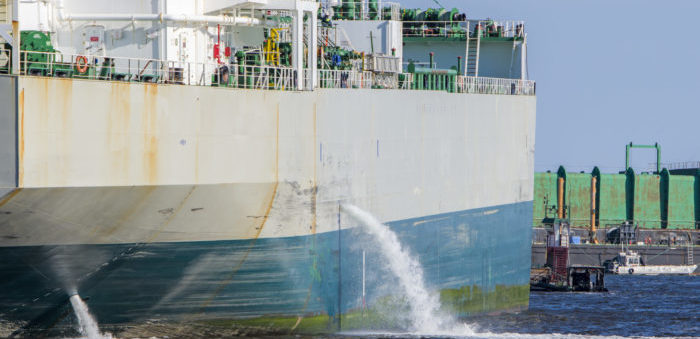Canada’s Chamber of Marine Commerce has criticized the ballast regulations by Transport Canada which took effect earlier in June, claiming that the BWMSs do not meet the demands of domestic trading patterns.
As the chamber explained, the Canadian government has proposed regulations that would require both Canadian and U.S. domestic fleets to install ballast water management systems despite the fact that both fleets have not found any BWMSs that can meet the demands of domestic trading patterns, reliably operate in the region’s unique environment and are economically feasible. The U.S. government has also exempted its domestic fleet for this reason.
We urge both governments to come together to forge a bilateral arrangement based on a common solution, timing and understanding of risk factors, and exempt both domestic fleets from regulatory measures on ballast water on a time-limited basis until the terms of this arrangement can be fulfilled. This provides a pragmatic approach to resolve concerns in both countries,
…said CMS.
[smlsubform prepend=”GET THE SAFETY4SEA IN YOUR INBOX!” showname=false emailtxt=”” emailholder=”Enter your email address” showsubmit=true submittxt=”Submit” jsthanks=false thankyou=”Thank you for subscribing to our mailing list”]
In the same context, the Chamber said that a bilateral arrangement should apply to both domestic fleets in their combined operational area in the region and set a general principle of mutually agreed equal treatment, requiring also collaboration for a common technical review with industry to examine the challenges.
The same arrangement should require both governments to use the technical review to frame a common regulatory approach, and exempt both domestic fleets from regulatory measures on ballast water on a time-limited basis until the bi-lateral arrangement is finalized, it said.
There is an absolute need for a harmonized and practical approach to ballast water regulations aimed at domestic fleets that operate most of their time on the shared waters of the Great Lakes and St Lawrence waters.
Under the ballast regulations that came into force on 23 June, Canadian vessels or vessels in Canadian waters are now required to plan their BWM and reduce the number of organisms in their ballast water, typically by installing a ballast water management system; as well as to carry a valid certificate, keep records, and be regularly surveyed and inspected.






























































